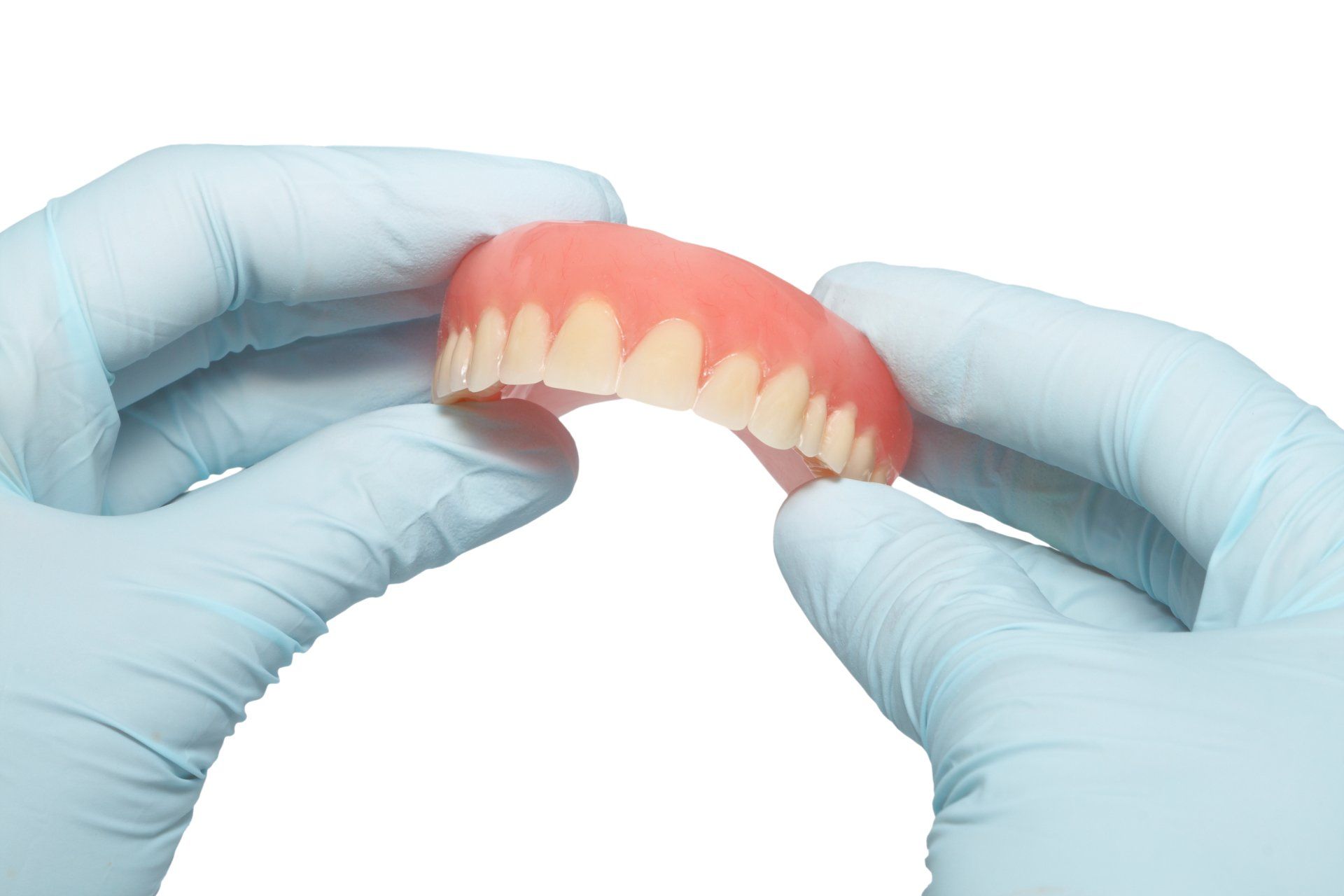5 Signs That a Filling Needs Replacement

Fillings should last for years. Even basic composite fillings should do their job for around five years; stronger materials like amalgam and gold can last for up to 15 years.
However, some fillings don't last for average timescales. Some last longer than you expect; others develop problems that shorten their lives. Generally, you get some signs if a filling needs to be replaced, but some signs are more obvious than others.
How can you tell if one of your fillings should be replaced?
1. Signs of Damage
Fillings sometimes fracture and break. This often happens when you eat something hard or chewy. So if you're eating and you suddenly realise that you have a piece of filling in your mouth, then a quick check in the mirror may show that some of the filling has broken away from the tooth.
Other signs of damage include white or dark spots on the tooth around the filling site. These spots may be signs of decay. Even a tiny crack in the filling can affect its ability to protect the tooth.
Some fillings look intact but start to feel rough when you put your tongue over them. Fillings should feel smooth, and signs of roughness are a sign that the filling is wearing down.
2. Pain in the Tooth
You can't always see obvious signs of damage on a filling. Tiny chips and cracks may not be visible when you look at the tooth in the mirror. However, if the filling doesn't give an intact seal, its tooth may develop problems. The tooth may become painful.
The tooth may ache or throb all the time. Or you may only notice problems when you eat or drink. The tooth may feel sensitive to hot or cold, or it may feel painful or tense when you eat on it. This pain may not last long, but it'll return next time you eat or drink.
3. Floss Shredding
If you have a filling in the side of a tooth, then you can't see any or all of the filling. It sits out of sight between two teeth. While it is harder to see problems on these fillings, your floss may give you a clue that all is not well.
For example, if you floss between the two teeth and the floss is slightly shredded when you take it out, then the filling may be damaged. If the filling has chipped or broken off, then its edges will be rough. These edges catch on the floss and break its strands.
4. Bad Breath and Bad Tastes
If a filling fails, then you may develop a nasty case of bad breath. You may also have a bad taste in your mouth. This smell or taste doesn't go away even after you clean your teeth. If this taste or smell is down to a problem filling, then it's a sign that you have some decay issues going on behind the scenes.
5. Colour Changes
Sometimes, you may choose to have a filling replaced for cosmetic reasons. For example, if you have an old white filling, then the filling may not look white any longer. It may have discoloured. This makes the filling stand out rather than blend in with the rest of the tooth.
Or if you have recently had your teeth whitened, then your old filling may look like an eyesore. It won't be affected by the whitening treatment, so it will look dingy or yellow compared to the rest of its tooth. In these cases, putting in a new filling gives the tooth a more even colour again.
If you're worried that you've got a damaged filling or want to replace an old filling that doesn't look good, then contact the Steve King Dental Group
. One of our experienced dentists can quickly check out your suspect filling and let you know if any work needs to be done.









